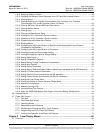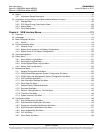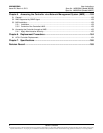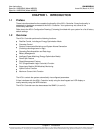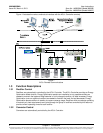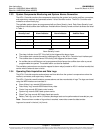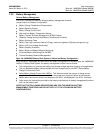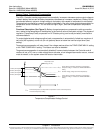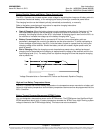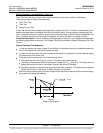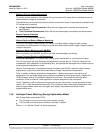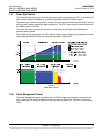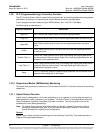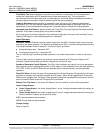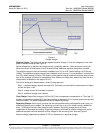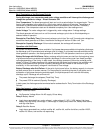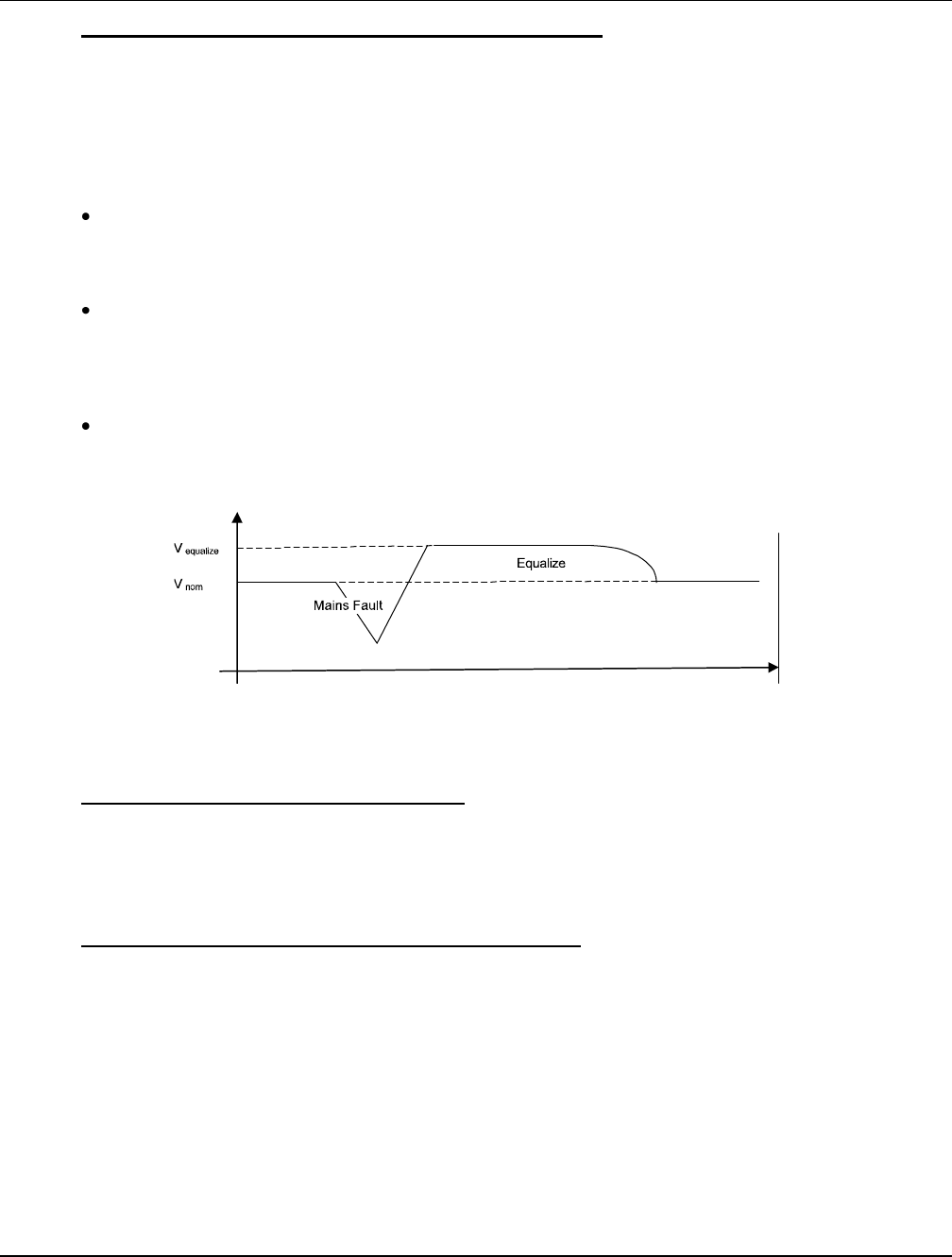
UM1M820BNA User Instructions
Issue AH, March 4, 2013 Spec No. 1M820BNA (Model M820B)
Spec No. 1M820DNA (Model M820D)
6 Chapter 1. Introduction
This document is property of Emerson Network Power, Energy Systems, North America, Inc. and contains confidential and proprietary information owned by Emerson Network Power, Energy
Systems, North America, Inc. Any copying, use, or disclosure of it without the written permission of Emerson Network Power, Energy Systems, North America, Inc. is strictly prohibited.
Battery Equalize Charge and Battery Charge Current Limit
The ACU+ Controller can increase system output voltage for equalizing the charge on all battery cells of a
conventional flooded cell battery, or for recharging the battery following a commercial power failure.
The charging function can be initiated cyclically (scheduled), automatically, or manually.
Refer to the battery manufacturer's instructions for equalize charging instructions.
Functional Description (See Figure 3):
Start of Charging: When the battery charge current exceeds a preset value for 3 minutes or if the
calculated battery capacity has decreased to a preset value (after a commercial AC failure, for
example), the charging function of the ACU+ is activated. A charging signal is sent from the ACU+ to
the rectifiers to increase the voltage up to the battery charging level V
equalize
Battery Current Limitation: After a commercial AC failure or when some battery cells are
permanently damaged, the current to the batteries can be quite extensive. To avoid overheating or
further damages to the battery, the ACU+ limits the battery current to a preset level by limiting the
charging voltage of the rectifiers. Should the battery current still exceed a higher preset value, an
alarm is issued.
End of Charging: When the charging current drops below a preset value, a defined prolonged
charging time is started before the charging is stopped and the voltage of the rectifiers return to the
float charging level (V
nom
). For safety, there is a equalize charging limit time that stops the charging
after a preset time.
Figure 3
Voltage Characteristics on Commercial AC Failure and Automatic Equalize Charging
High and Low Battery Temperature Alarms
The ACU+ Controller can monitor battery temperature via a temperature sensor mounted on a battery cell.
Values for high battery temperature and low battery temperature alarms can then be programmed into the
ACU+ Controller.
Battery Thermal Runaway Management (BTRM) Feature
You can designate a temperature sensor as the BTRM sensor. The BTRM sensor has High2 and High1
BTRM temperature alarm limits. If battery temperature exceeds the “BTRM Temp High2” setting, system
voltage is lowered to the BTRM voltage setting. This feature can also be disabled.



